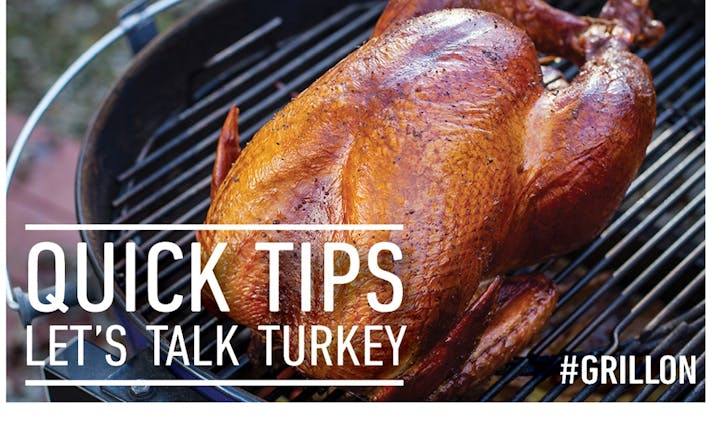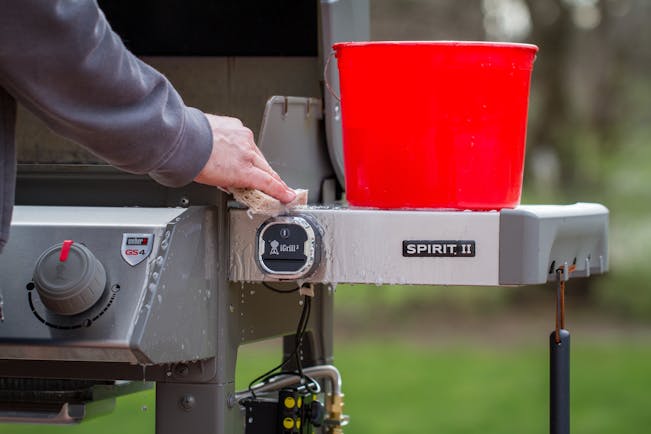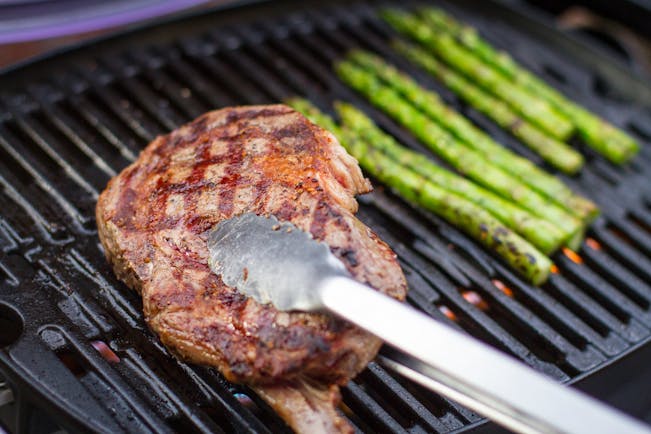Save on select Weber Works™ Accessories* Shop Now.
How to Cook Anything on Your Grill: Mastering Direct, Indirect, and 2-Zone Grilling
When most people think of grilling, they imagine flipping burgers or searing steaks over an open flame. But here’s a secret: your grill is capable of so much more—from baking delicate cakes to roasting a whole chicken—you just need know the right grilling method.
So, let’s unlock your grill’s full potential by diving into three essential methods—Direct, Indirect, and 2-Zone Grilling. Whether you're searing a steak or slow-cooking a tender brisket, you'll learn exactly how to manage temperature, heat zones, and technique to cook just about anything.
Direct Grilling: Your High-Heat Workhorse
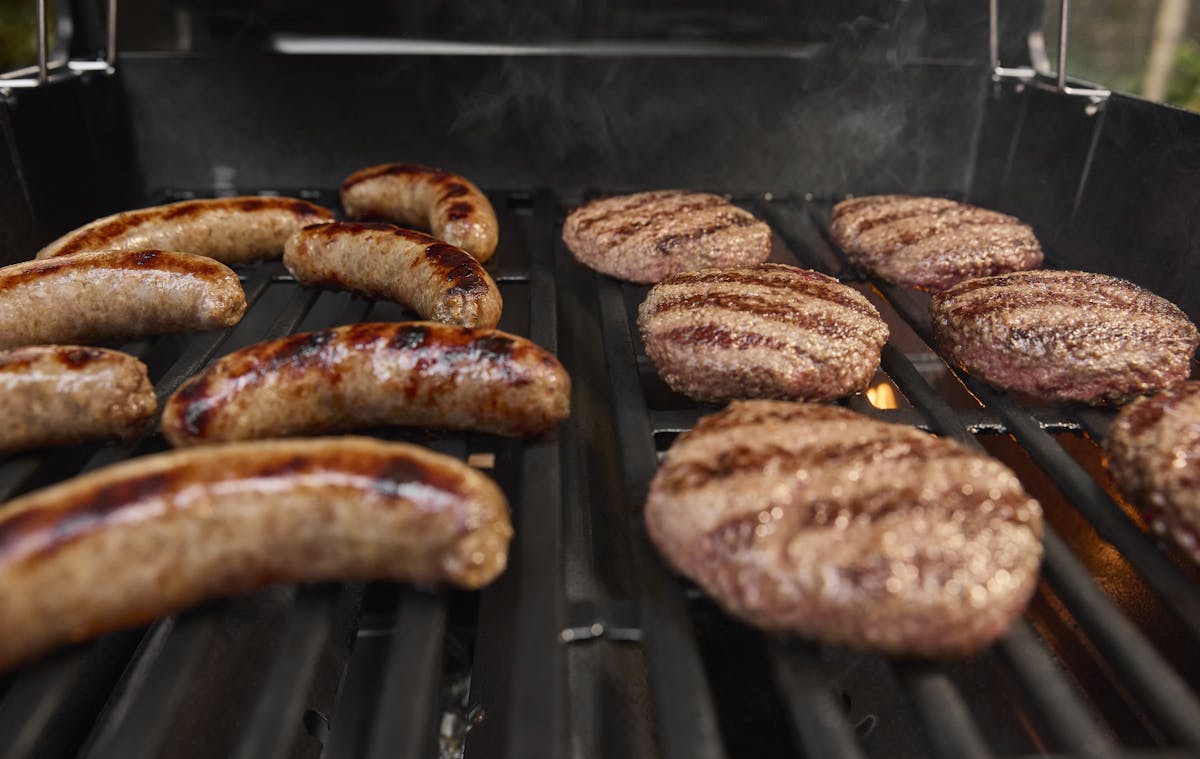
What is it?
Direct grilling is exactly what it sounds like: cooking food directly over the heat source. This is your go-to method for foods that cook quickly and benefit from a good sear.
Best for:
- Thinner cuts of meat like steaks, burgers and pork chops
- Vegetables (think corn, bell peppers, and zucchini)
- Chicken breasts and fish fillets
How to set it up:
On Your Gas Grill
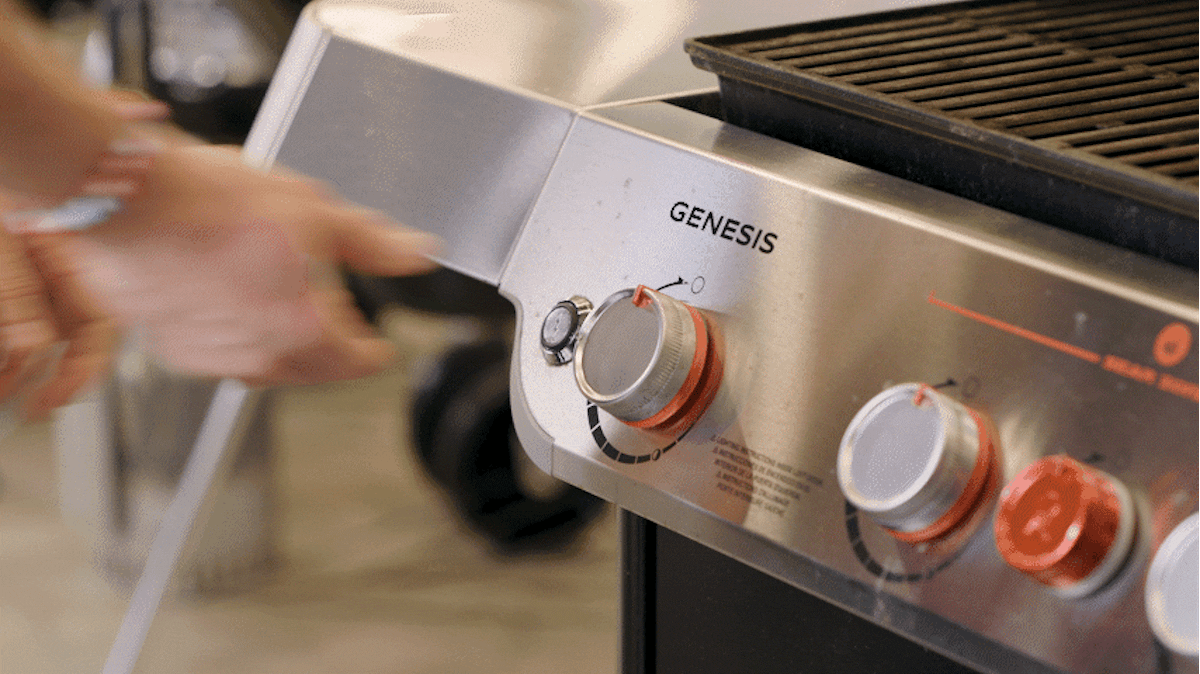
On Your Charcoal Grill
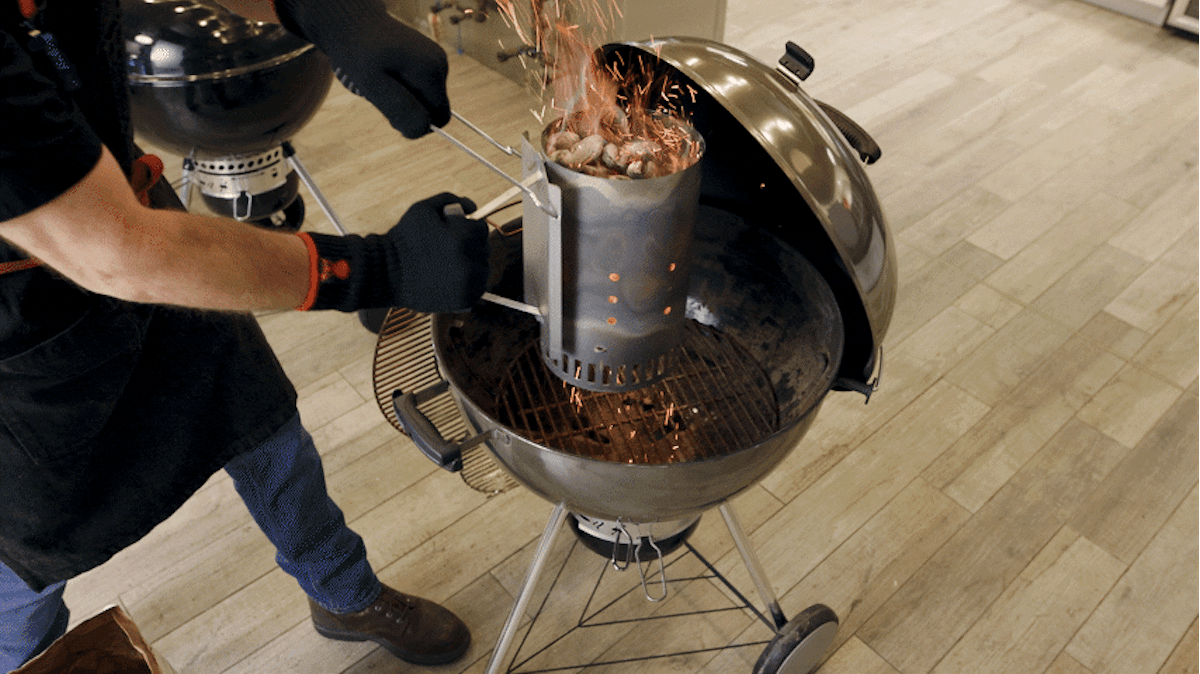
Temperature ranges
When cooking over direct heat, you don’t just want to crank all your burners on high. Make sure to adjust the dials or vents on your grill so it’s cooking at the right temperature. Here’s a good guideline to go by:
- Very High Heat (550°F+): Quick searing for thin cuts or finishing larger cuts like reverse searing
- High Heat (500–550°F): Steaks, chops, and fast-cooking proteins usually 20 minutes or less cooks.
- Medium-High (450–500°F): Chicken breasts, fish, and vegetables
- Medium (375–425°F): Bone-in chicken thighs and drumsticks
Try the recipe: Perfectly Seared Ribeye
Indirect Grilling: The Art of Roasting on a Grill
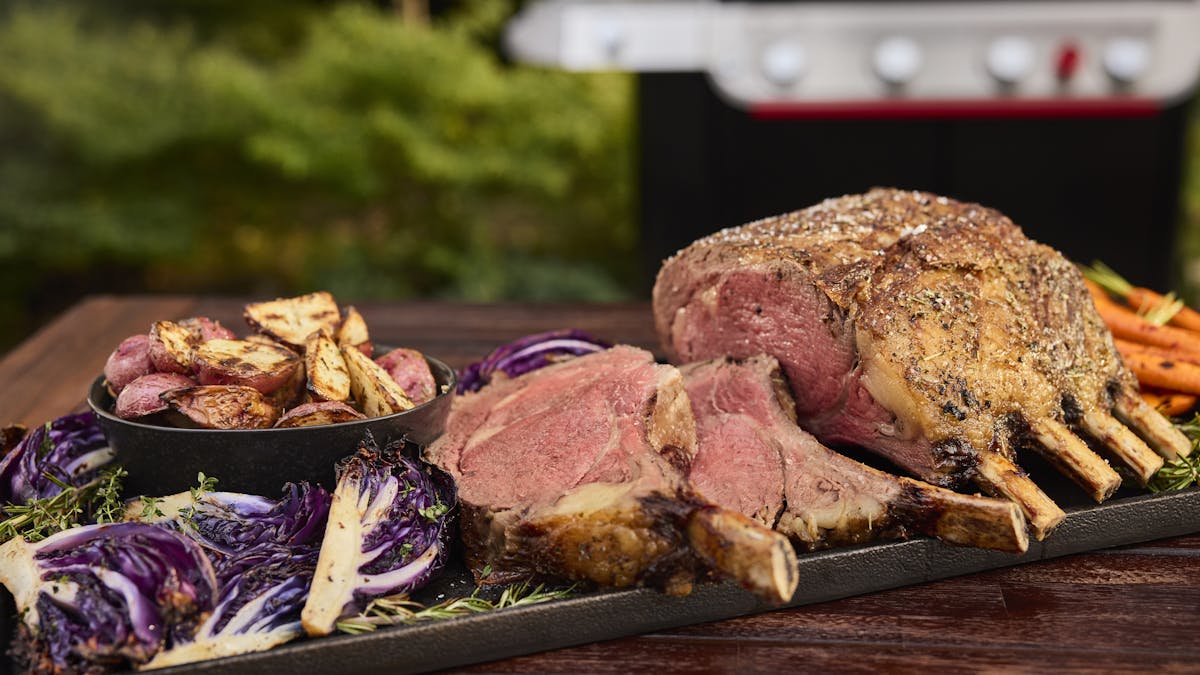
What is it?
Indirect grilling works like an oven: the food sits next to—not directly over—the heat source, allowing for slow, even cooking without burning the outside. This method is perfect for larger cuts of meat and even baking.
Best for:
How to set it up:
On Your Gas Grill
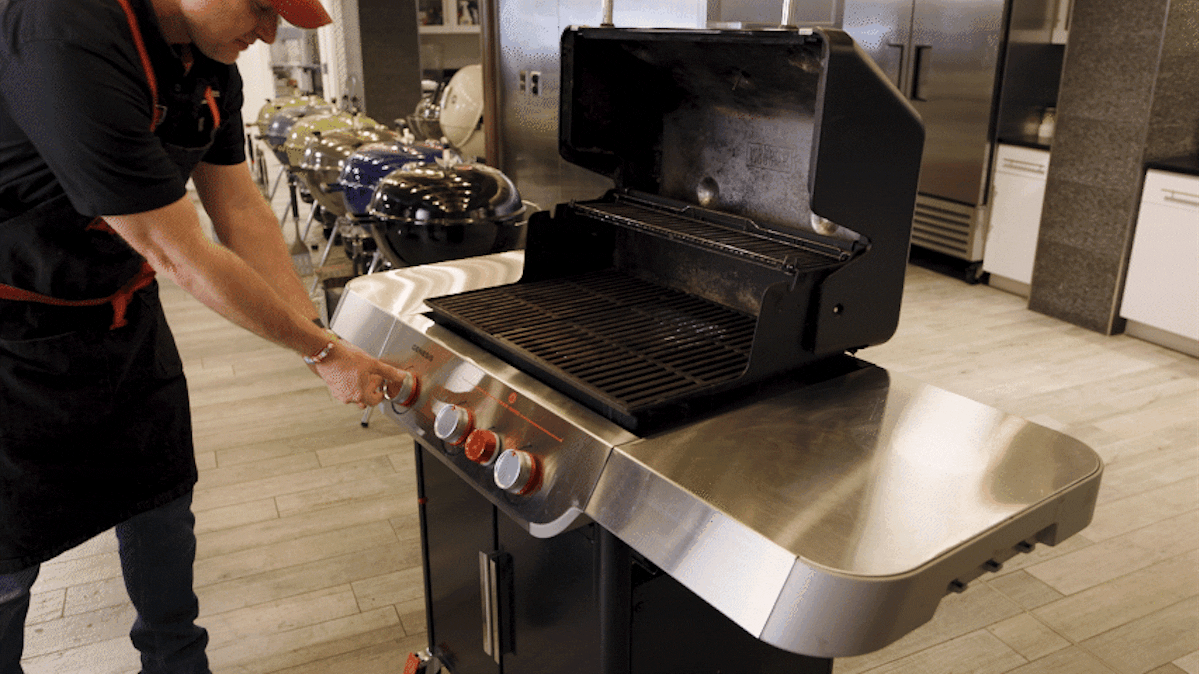
On Your Charcoal Grill
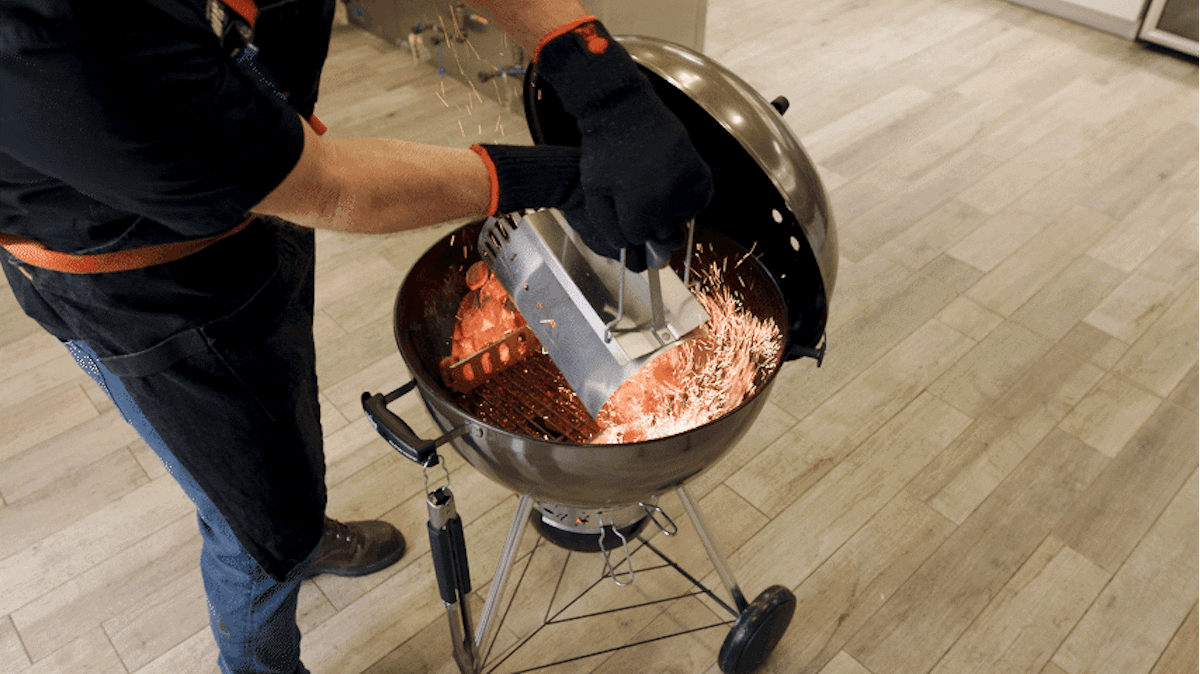
Temperature ranges for indirect grilling:
- Medium Heat (375°–425°F): Roasting whole poultry, vegetables, and larger cuts of meat
- Medium-Low Heat (325°–375°F): Baking cakes and bread (Tip: Use the upper grill rack or place your dish on an upside-down roasting basket for gentler heat)
2-Zone Grilling: For the Multitasker
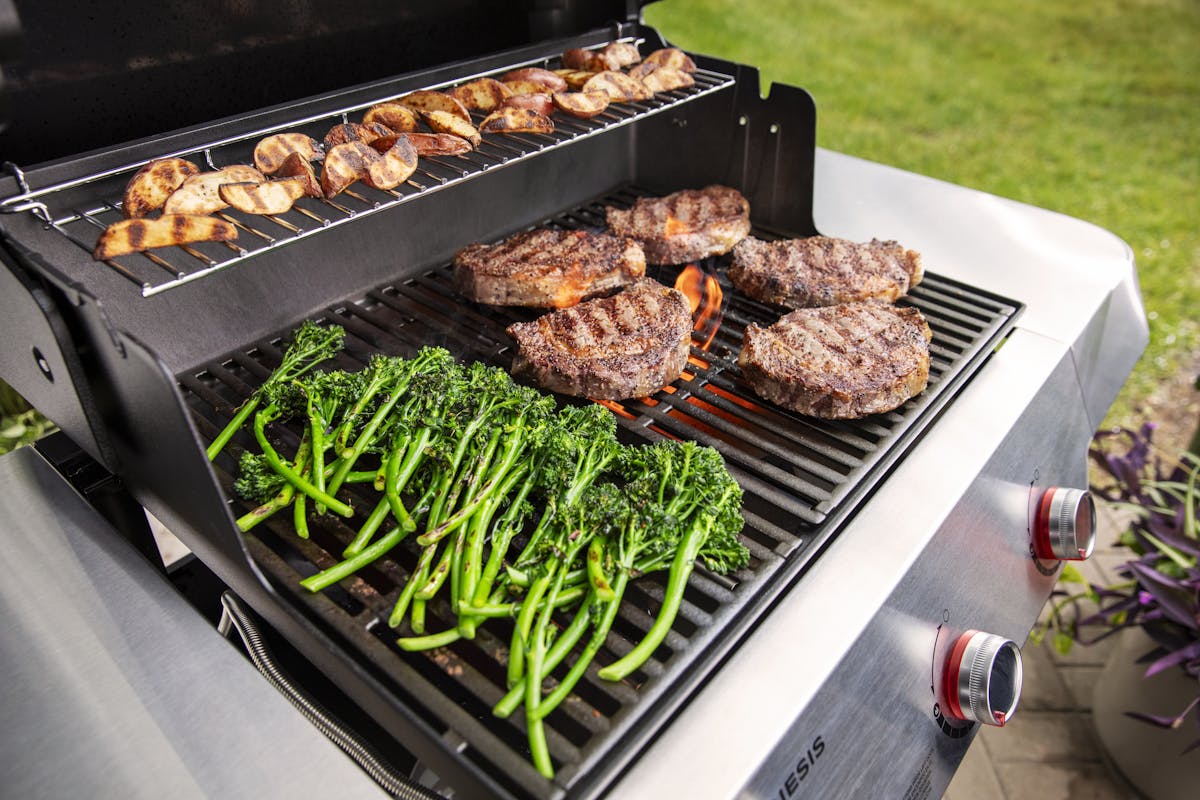
What is it?
The 2-zone grilling method gives you the best of both worlds by creating two distinct heat zones on your grill: one for direct, high-heat searing, and one for indirect, slower cooking. It’s the perfect setup for cooking multiple foods at once or managing thicker cuts that need both searing and gentle roasting. This gives you the best setup to really maximize the heat zones to achieve the best results.
Best for:
- Reverse-seared steaks
- Cooking a whole meal—grill your meat over direct heat while roasting potatoes or veggies on the indirect side
- Managing thicker cuts that need both a crispy crust and a tender inside
How to set it up:
On Your Gas Grill: 2-Zone Grilling
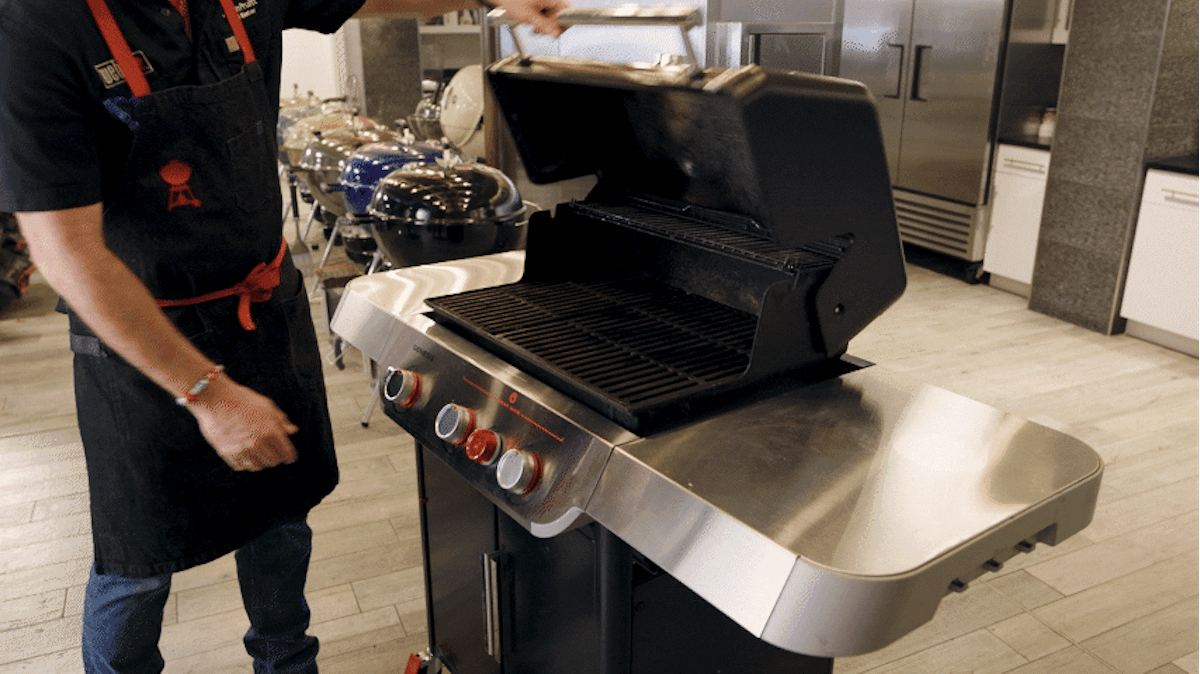
On Your Charcoal Grill: 2-Zone Grilling
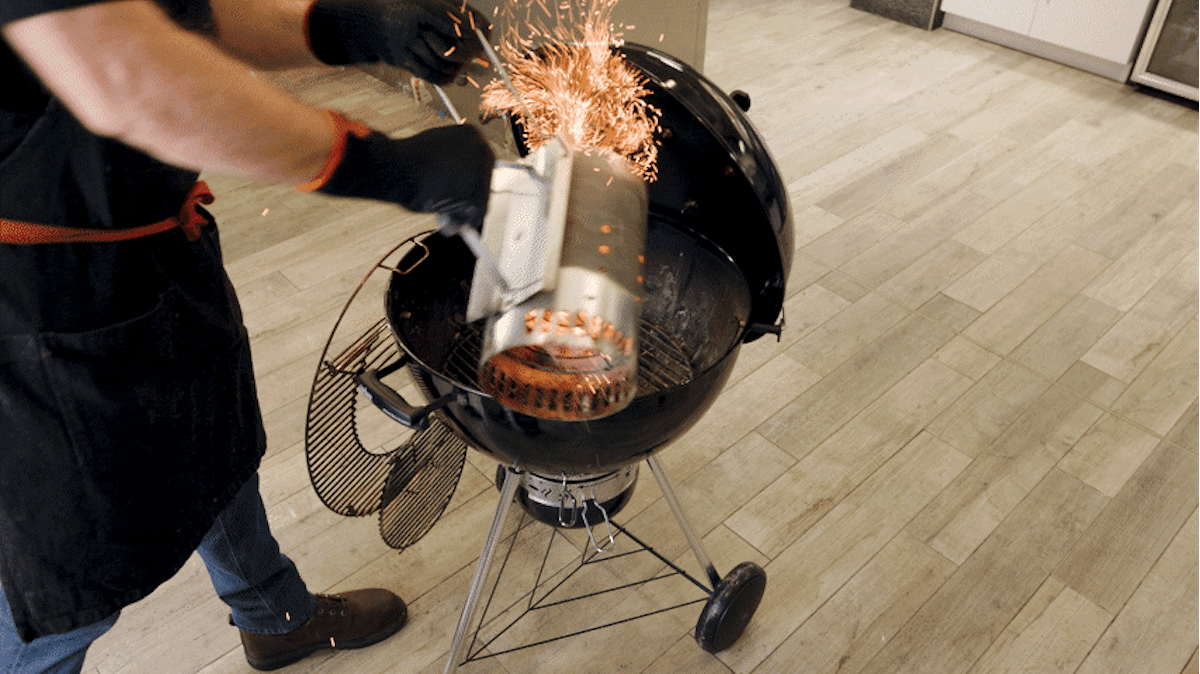
Low & Slow Indirect Grilling: The Secret to Tender, Smoky Meats
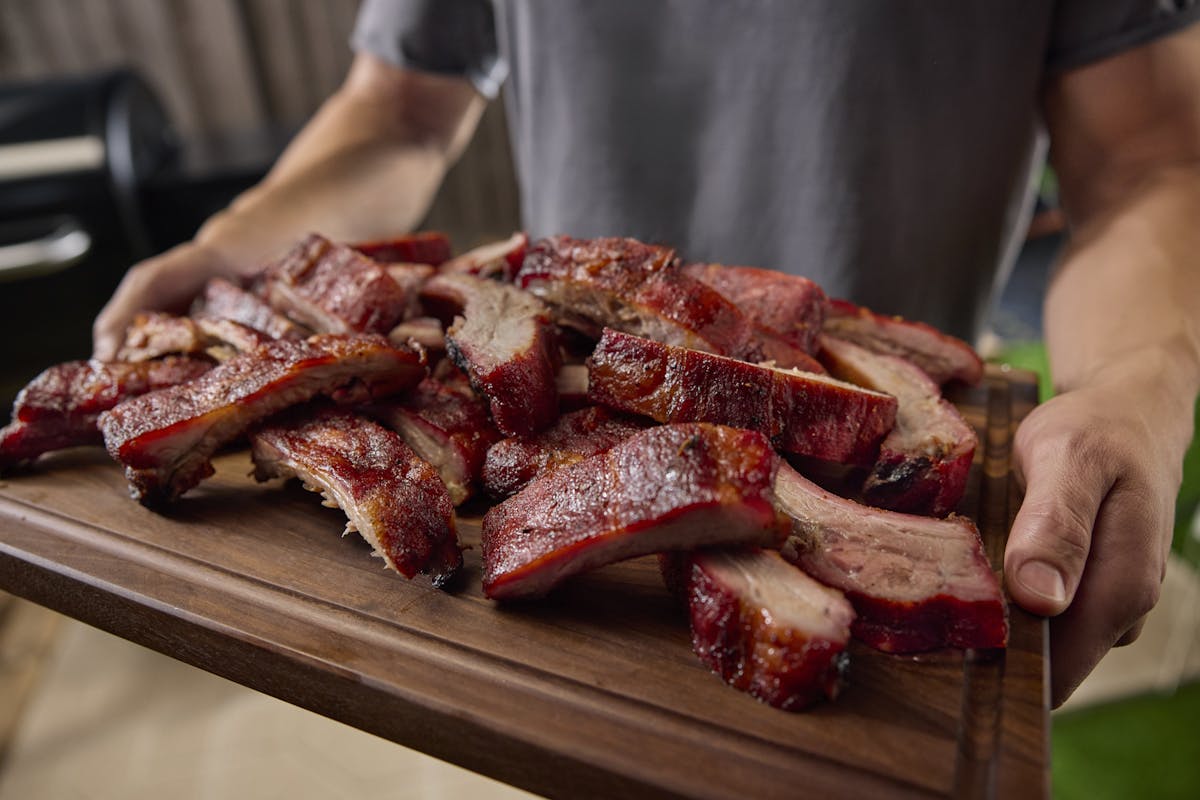
What is it?
Low and slow indirect grilling is all about cooking tough cuts of meat at a low temperature over a long period of time. This gentle approach breaks down connective tissue, creating juicy, fall-apart tenderness. It’s also the perfect method for adding deep, smoky flavor using wood chips or chunks. The method is the same as indirect grilling, but with a few adjustments to keep the grill temperature lower.
Best for:
How to set it up:
On Your Gas Grill: Low & Slow Cooking | Gas
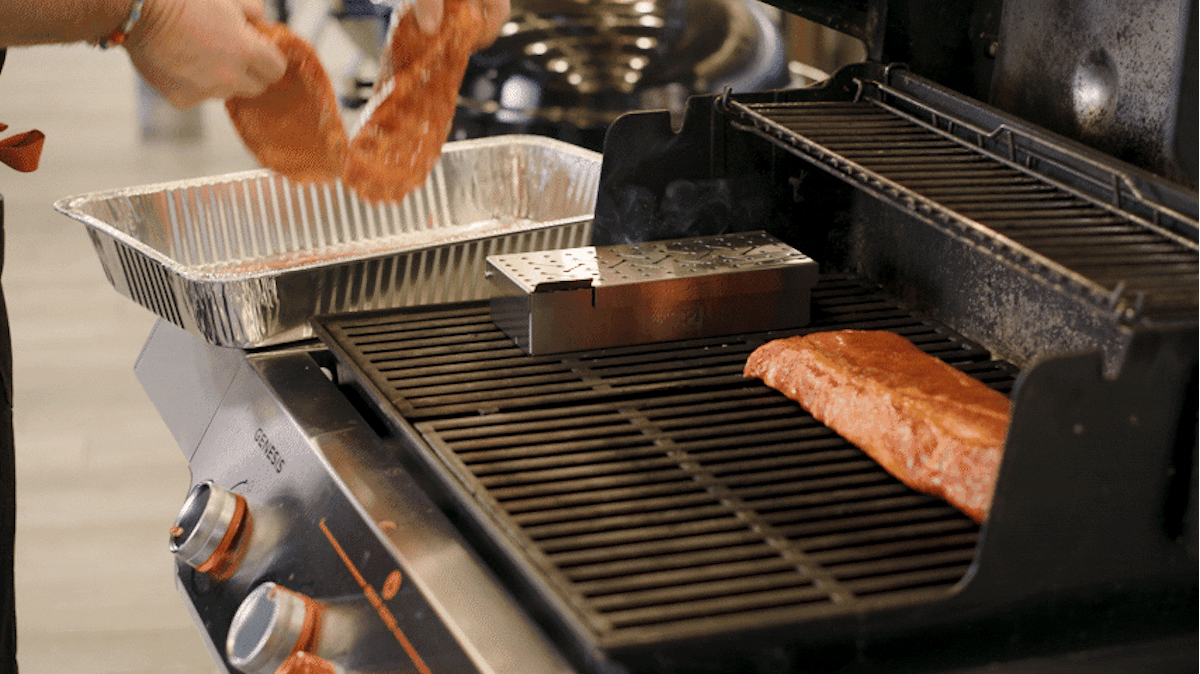
On Your Charcoal Grill
There are two ways to set up your charcoal kettle for Low & Slow Smoking—the Minion Method or Snake Method.
Low & Slow Grilling | Kettle | Minion Method
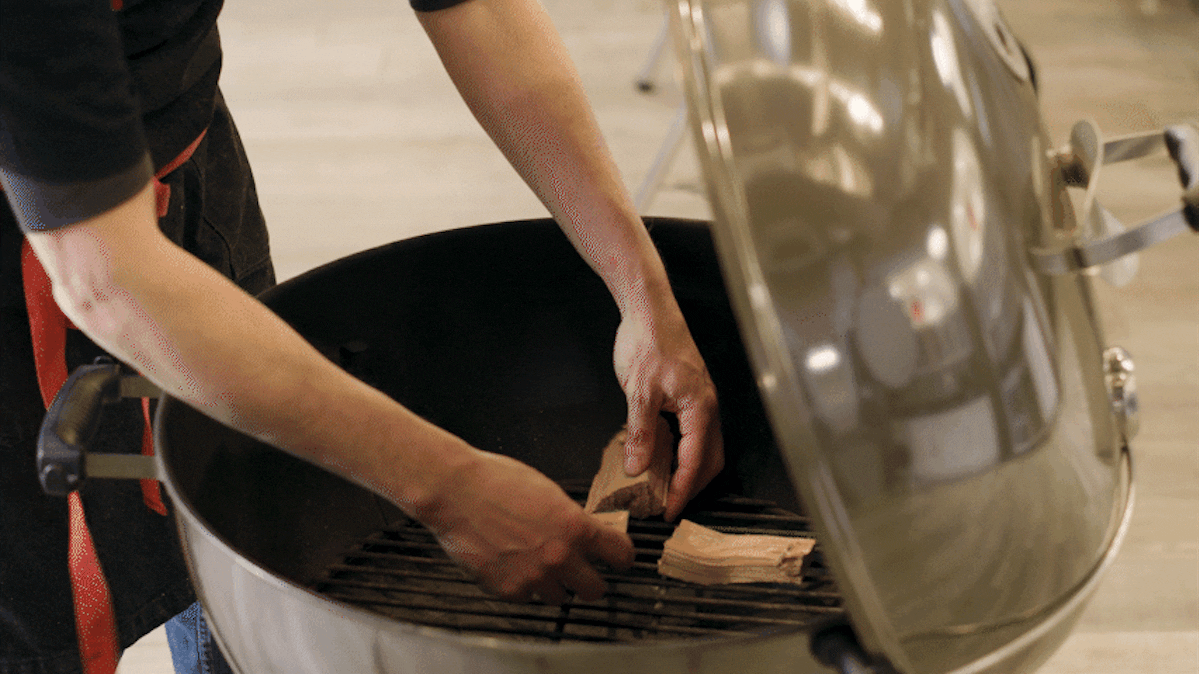
Low & Slow Grilling | Kettle | Snake Method
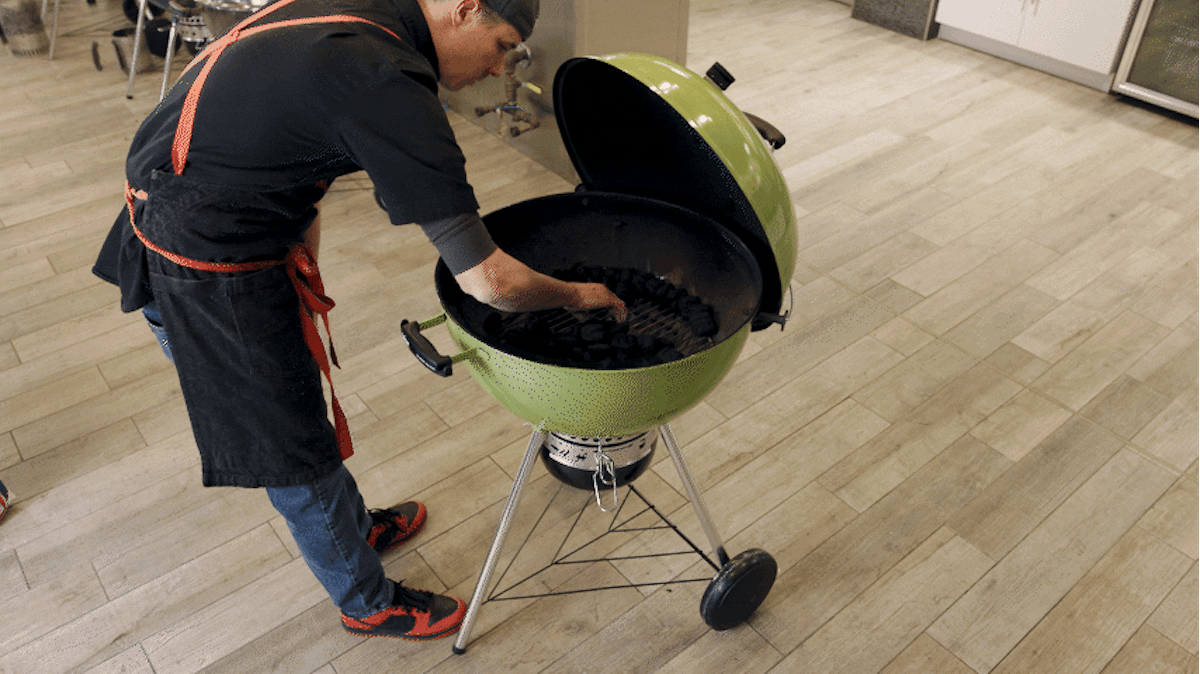
If you’re using the Weber Smoky Mountain, we like to use the Minion Method.
Low & Slow Grilling | WSM | Minion Method]
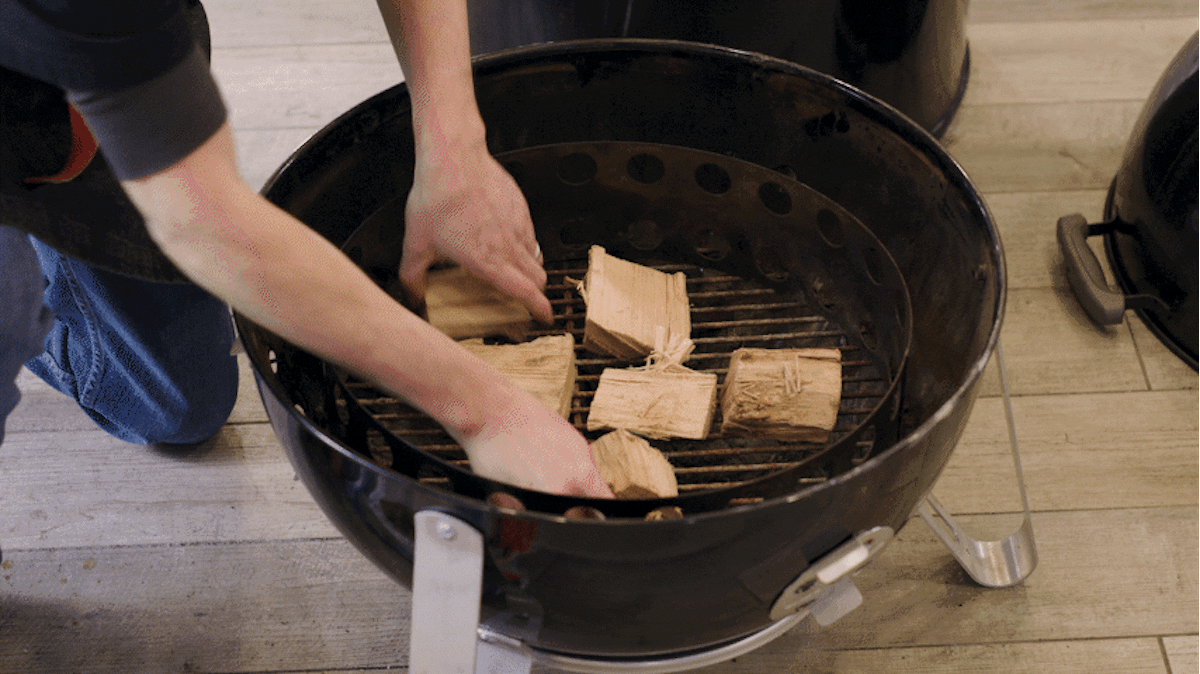
Temperature ranges for low & slow cooking:
- 225°–275°F: Ideal for ribs, pork shoulder, and brisket
- 275°–300°F: This is a slightly quicker cook time that will still keep food tender, but we don’t recommend cooking this high unless your food is wrapped in butcher paper or foil.
Pro Tips for Grilling Success
Before you fire up the grill, follow these simple but essential tips to guarantee a flawless cook:
- Preheat your grill for 15 minutes before cooking—this ensures a consistent temperature
- Brush your grill grates after preheating—keeps your food from sticking and maintains flavor
- Have your tools ready before you start cooking—nothing’s worse than scrambling for tongs mid-sear
- Patience pays off—when it comes to low and slow cooking, give your grill time to settle into its temperature. Clean smoke is the key to a good barbecue.
Check outour must-have grill accessories
Conclusion: Your Grill Is More Than Just a BBQ
With just a little setup knowledge, your grill becomes more than a burger machine—it’s an oven, a roaster, and a smoker all in one. Master the methods of Direct, Indirect, and 2-Zone Grilling, and you’ll be able to cook just about anything outdoors.

